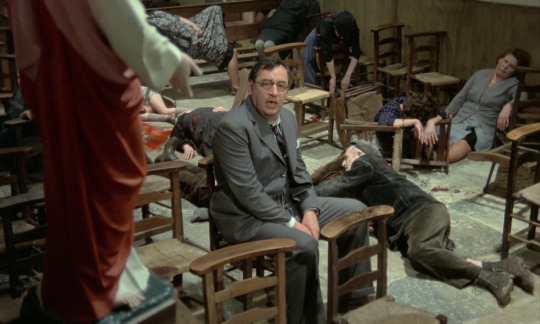#robert enrico
Text
Analysis of the French Revolution film by Robert Enrico and Richard T. Heffron
One of the (many) problems with films about the French Revolution is that in 1989, anyone wanting to make films about this period was required to adhere to the government's line, which dictated that the revolution could only be portrayed as leading to horrors, under threat of censorship. We can see this in the struggles Hervé Pernot faced. Even during de Gaulle's time, filmmakers who tried to make films as honest as possible about the revolution faced obstacles. Thus, there are inevitably significant historical inaccuracies in these films. Ironically, the leader of the country at the time of this cinematography, Mitterrand, who endorsed such thinking, had guillotined many Algerian revolutionaries, including some who never intended to harm anyone, like Fernand Iveton, or Algerians who were falsely accused. He endorsed parody trials of Algerians, far more significant and flagrant than those of 1794 regarding the Hebertists, Enraged, and Indulgents, when he was Minister of Justice in 1957, solely to please colonialist lobbying and secure a good political position. Therefore, he has no moral ground to lecture the Montagnards, who only abandoned their restraint once France's position was untenable both internally and externally. Most of them, along with other non-Montagnard members, courageously sided with the colonized.
I'll try to avoid delving too much into the absurd black legends unless it's unavoidable, such as when the film seems to endorse Brissot's statement that the "Revolutionary Tribunal is the Spanish Inquisition a hundred times worse." I know the Revolutionary Tribunal committed unforgivable acts in some of its parodies of justice, but the stupidity of this statement speaks for itself.
In the film, the "good guys" are Danton, Lafayette, and Mirabeau. It doesn't matter that they were all corrupt to the core, although Danton should not necessarily be lumped in with Mirabeau, as Danton may have accepted bribes but didn't necessarily fulfill his end of the bargain, and Lafayette, in my opinion, demonstrated more bloodthirstiness. Marat is depicted merely as a madman instead of showing that he was a man ahead of his time, an honest revolutionnary and brillant, sometimes , used inappropriate language due to the injustices he and the people faced. There's an interesting parallel here with the Algerian revolutionary Abane Ramdane, who shares many similarities on these points for me. Instead, we attribute this talent to Danton and potentially Desmoulins.
In the film, the French revolutionaries are portrayed as defeated, but victory is ultimately achieved, solely credited to Danton, which is false, reductionist, and even insulting to all revolutions. If revolutions succeed, it's certainly partly due to intellectual leaders, including figures like Saint Just, Le Bas, Lindet, Charlier, Billaud Varennes, Robespierre, and Hanriot, but it's primarily thanks to the people who supported them—the soldiers who held the line, the sans-culottes who persuaded the Convention to enact or repeal certain laws necessary to sustain the revolution, and the people who endured necessary but harsh taxes, who gave their shoes, sheltered revolutionaries—something most revolutionaries acknowledge.
The film reduces the Hebertists, Enraged, and Cordeliers to madmen united behind Hebert, portraying them without charisma, failing to show why they were popular, and omitting the split between Chaumette and the rest because Chaumette refused to join the insurrection against the Mountain after the Ventôse law.
On the other hand, during Danton's trial, the indulgents are cheered by the people. I know Danton delivered excellent speeches during his trial, but so did other factions, and there's no evidence of this particular scene. I've already discussed the differential treatment between indulgents, Hebertists, and Cordeliers in one of my previous posts. Apart from Hebert, virtually all Hebertists were executed with great dignity.
Marie Antoinette, to better exonerate Louis XVI, is portrayed as helpless during the trial, appearing scared before the scaffold. In reality, she showed courage and dignity that even her adversaries admired, which isn't depicted because she might come across better than Danton.
The Girondins sing the Marseillaise as they mount the scaffold. Regardless of whether one likes them or not, they showed great courage, which isn't shown because they might come across better than Danton on the scaffold.
Lucile Desmoulins and Marie Françoise Goupil, along with Chaumette, Gobel, and others, die with great dignity, but this isn't shown either. For Danton glorification the is the only except Louis XVI to face his death in dignity.
Robespierre is depicted as a coward fleeing his arrest with Saint Just and Couthon, whereas in reality, the gendarmes didn't want to arrest him, and he willingly offered his hands for arrest. The uprising of 17 out of 49 communes was spontaneous, but most revolutionaries hesitated because they didn't know whether to remain lawful or not, resulting in their losses (a Napoleon would have fewer scruples than them and for the wrong reasons) . Again because it will make them better than Danton ( let' s not talk about the glorification of Barras in this scene).
Morality: Only corrupt men act. The most selfless are depicted as grave fanatics who will execute you. It's no wonder the government approves of such films promoting these messages.
Not to mention the women erased from the revolutionary period—Manon Roland, Lucile Desmoulins portrayed as gentle without the political acumen of the real Lucile Desmoulins. Similarly tratment for Simone. Evrard Eleonore Duplay is depicted as personality-less fanatic , far from the real Eleonore Duplay. Louis Reine Audu, Pauline Léon, Olympe de Gouges, Marie Anne Babeuf, Albertine Marat, Charlotte Robespierre, and Elisabeth Le Bas, among many others, will not be shown.
I might write a second part soon if I have the time or in one month for a better analysis of the characters.
31 notes
·
View notes
Photo

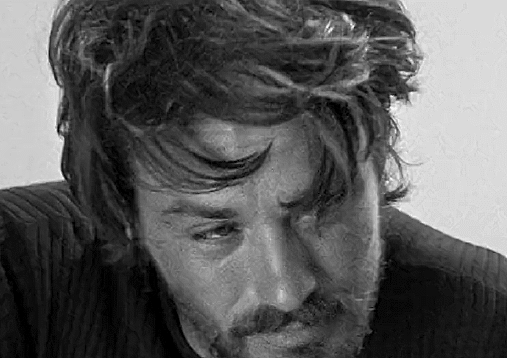
Alain Delon
Les Aventuriers
Dir: Robert Enrico
79 notes
·
View notes
Photo



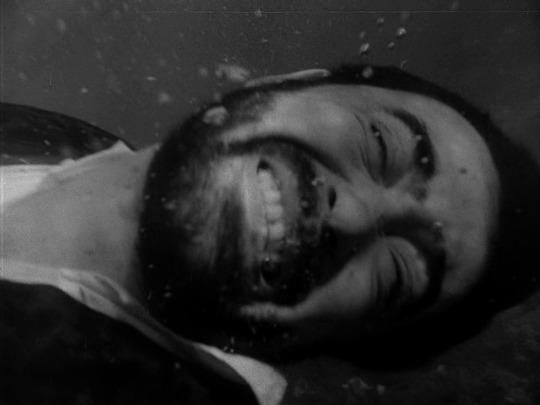


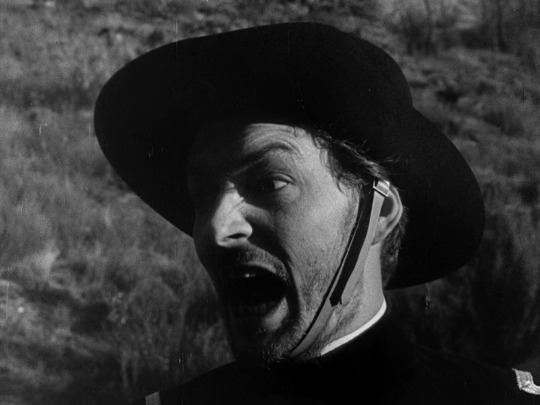


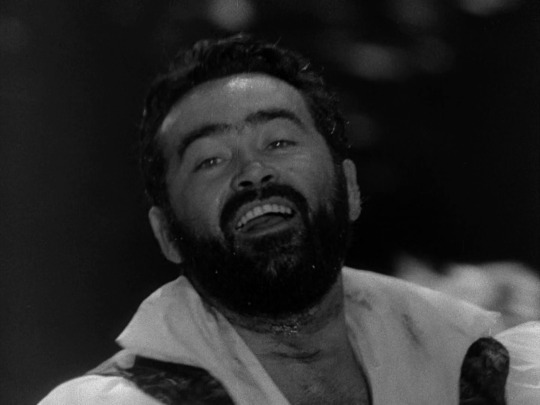
5.22 An Occurrence at Owl Creek Bridge
Director: Robert Enrico
Director of Photography: Jean Boffety
“An occurrence at Owl Creek Bridge in two forms — as it was dreamed and as it was lived and died.“
✨Support✨
#Twilight Zone#the twilight zone#season 5#Rod Serling#an occurrence at owl creek bridge#ambrose bierce#robert enrico#jean boffety#roger jacquet#anne cornaly#civil war#1860s#1960s#the sixties#television#classic television#tv#Classic TV#Classic Horror#horror#speculative fiction#Tv History#screencap#cinematography#close up#close-up
20 notes
·
View notes
Photo
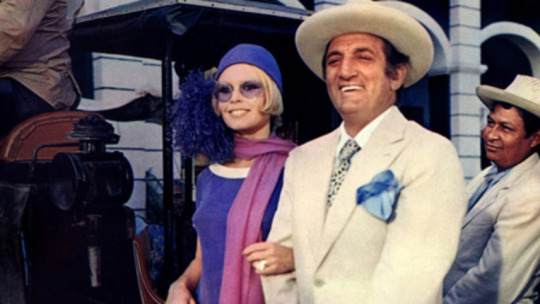
“Rum Runners”[ Boulevard du Rhum ] by Robert Enrico (1971) Brigitte Bardot and Lino Ventura.
1 note
·
View note
Text
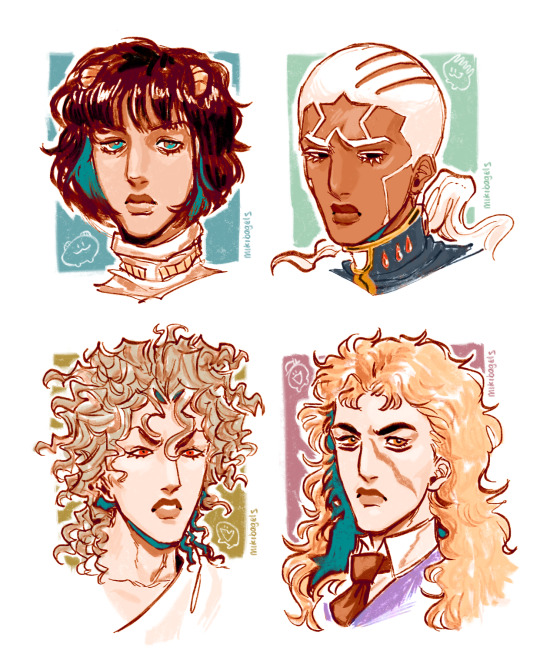
Me: I don't have a type
Also me: realises that my favourite jojo men are two italian men and two british men
1K notes
·
View notes
Text
White dog
Недавно мне попалось видео, в котором какой-то чувак рассказал о том, что было бы, если бы некоторые события в ДжоДжо пошли по-другому. А в одной из историй он рассматривал вариант, при котором злодеи меняются местами с хорошими. По сути, он сказал, что если Джонатан займет место Дио, то место Пуччи займет Спидвагон. И тут меня понесло
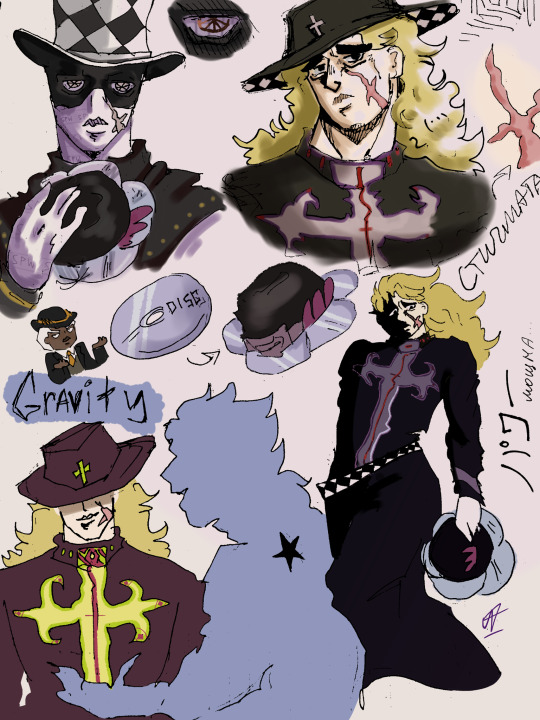
I recently came across a video in which a guy talked about what would have happened if some events in JoJo had gone differently. And in one of the stories, he considered the option in which the villains change places with the good ones. Basically, he said that if Jonathan takes Dio's place, then Speedwagon will take Pucci's place. Well, I got carried away
Да, я делаю это в 4 утра. У меня каникулы, мне не стыдно
Yes, I do this at 4 am. I’m on vacation, I'm not ashamed
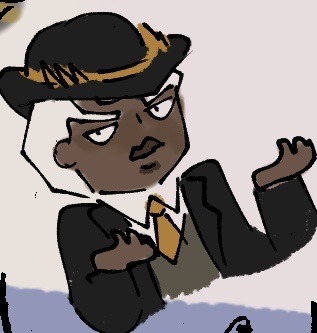
#jojo's bizarre adventure#jojo no kimyou na bouken#jjba#jojo fanart#speedwagon#phantom blood#jonathan joestar#jonawagon#robert eo speedwagon#enrico pucci#dio brando#stone ocean
76 notes
·
View notes
Text
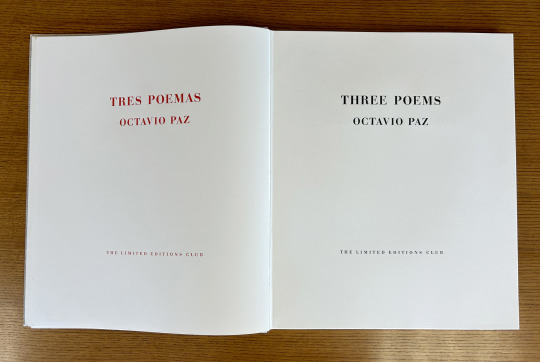
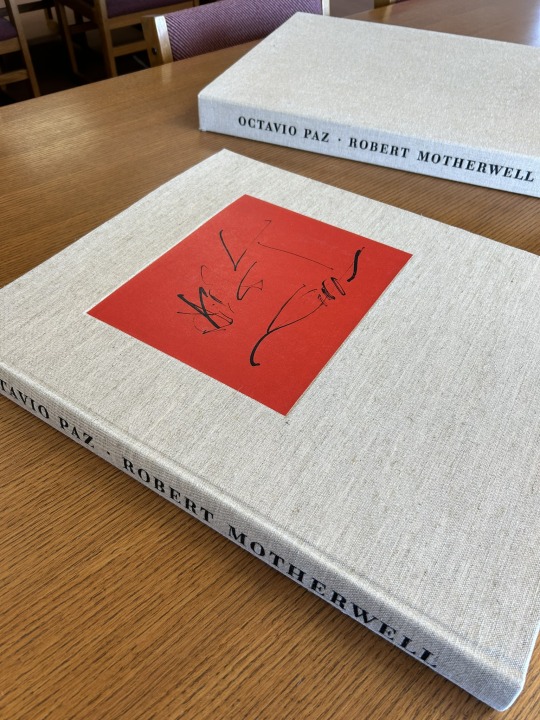
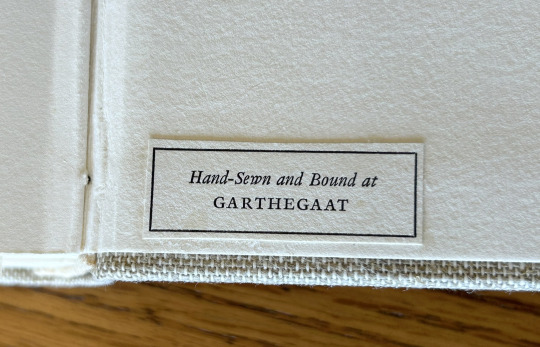
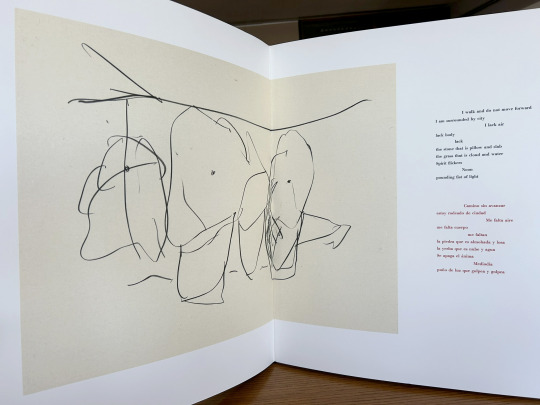

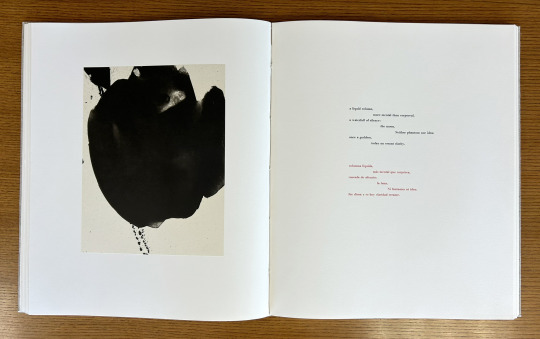
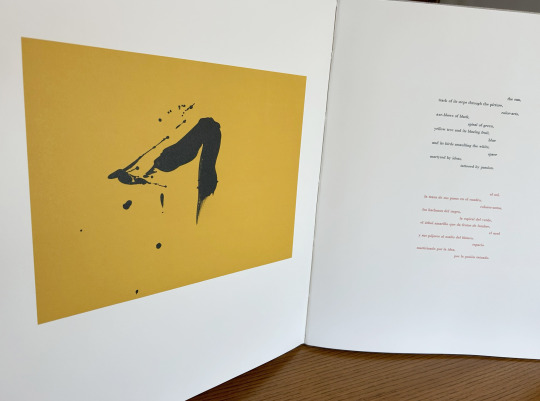

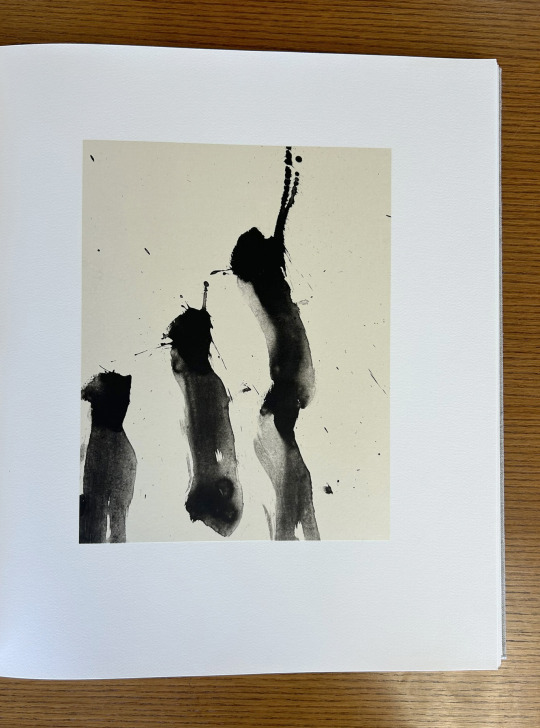
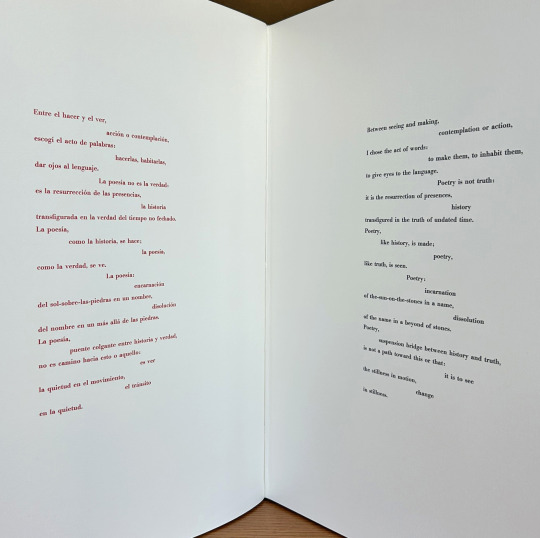
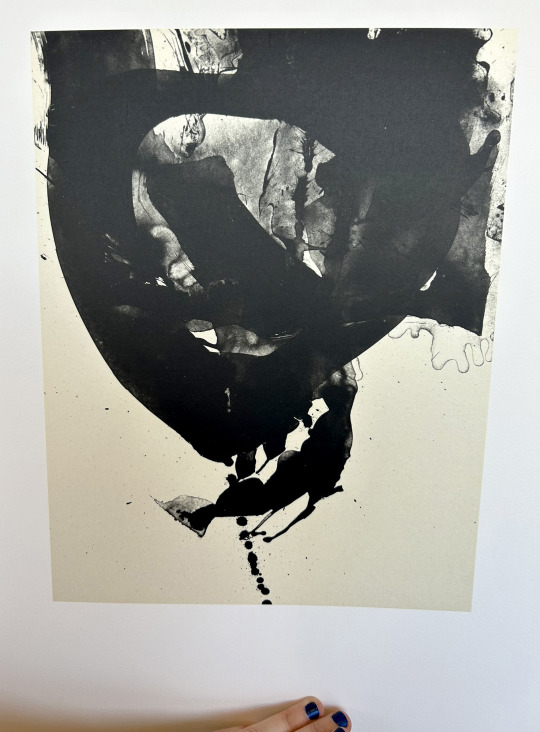
It’s Fine Press Friday!
Today we’re taking a look at our 1987 Limited Editions Club release of poet, diplomat, and Nobel laureate Octavio Paz’s (1914–1998) Three Poems. Published as a bilingual Spanish-English edition of selections from The Collected Poems of Octavio Paz, 1957-1987 (translated by Eliot Weinberger, the primary translator of Paz’s work into English), this prodigious publication measures 56 cm and features lithographic illustrations by abstract expressionist painter and printmaker Robert Motherwell (1915-1991). The text was handset at Stamperia Valdonega (Verona, Italy) in Bauer Bodini Bold and Bauer Bodini Bold Italic typefaces, both of which were cast by Fundicíon Tipográfica Neufville (Barcelona, Spain). Lithographs were printed at Trestle Editions on hand-made Japanese papers and text was printed at Wild Carrot Letter Press (Hadley, MA), Stamperia Valdonega, and The Heritage Press on mould made paper from Cartiere Enrico Magnani (Pescia, Italy). It was hand-sewn and bound at the Garthegaat Bindery.
The book was designed by Benjamin Shiff, LEC book designer and son of Sidney Shiff, who had purchased the debt-ridden Limited Editions Club in 1979. Under the leadership of Shiff, a one-time Wall Street broker, the LEC gained a broadened subscription base, increased the quality of their publications, diversified their roster of artists, and returned to profitability.
Though minimal and modern in presentation, the production of this edition plumbed the depths of printing history. The Magnani paper mill was established on the banks of the Pescia river (known for its clear water- a necessity for paper production) in 1404, half a century before Gutenberg’s printing press was first put to commercial use. And the Fundicíon Tipográfica Neufville (operational 1885-1995), also known as Neufville Typefoundry, was the biggest 20th century supplier of the printing industry in Spain. After a number of ownership transfers, the company, alongside Bauersche Gießerei (a German typefoundry, operational 1837-1972), was succeeded by Bauer Types, which would leverage ownership of the rights to many of the original typefaces from both foundries to lead the way from lead type production to digital typography.
--Ana, Special Collections Graduate Intern
View more Limited Editions Club posts
View more lithography posts
View more Cartiere Enrico Magnani posts
View more Stamperia Valdonega posts
#Fine Press Fridays#Fine Press Friday#Limited Editions Club#lithography#Cartiere Enrico Magnani#Stamperia Valdonega#Bauer Types#Magnani paper mill#Bauersche Gießerei#Octavio Paz#Eliot Weinberger#Robert Motherwell#Fundicíon Tipográfica Neufville#Three Poems#Tres Poemas#Wild Carrot Letter Press#Trestle Editions#mould made paper#Garthegaat Bindery#Benjamin Shiff#Ana
23 notes
·
View notes
Photo

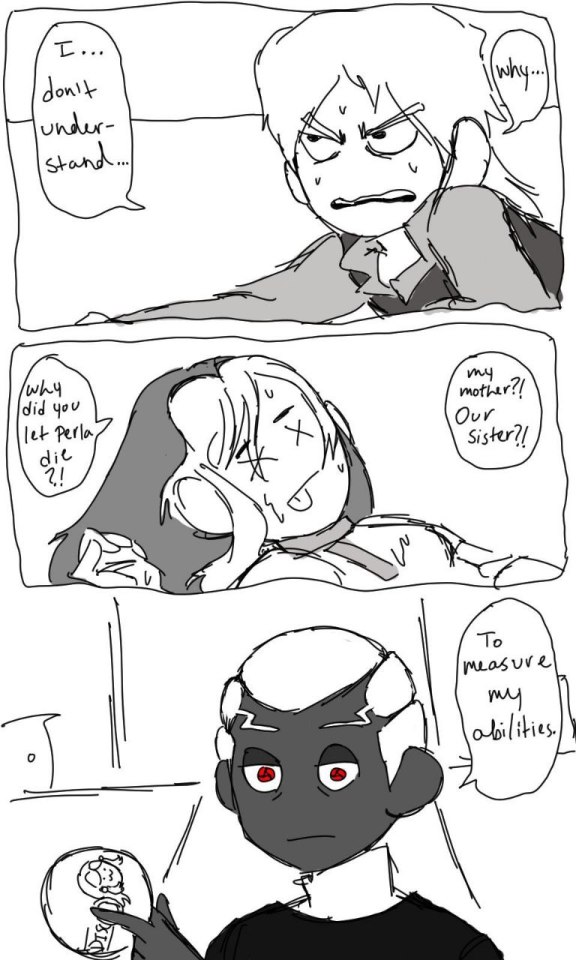
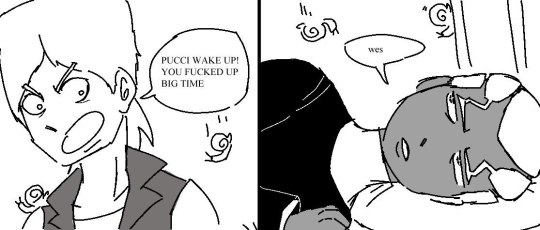

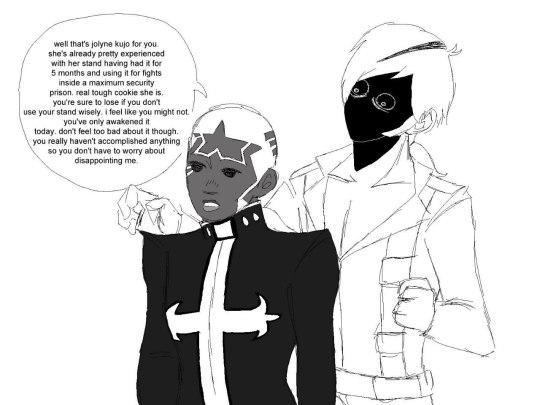

old pucci art i posted on my twitter like a long time back
#jojo's bizarre adventure#jjba#stone ocean#enrico pucci#weather report#perla pucci#donatello versace#dio brando#joshuu higashikata#robert eo speedwagon#what? something not aai2 related? on tumblr user simonkeyes blog? fascinating.#if youre wondering why the pictures look so shit its because the computer i drew these on shit itself#and then i saved them from my now deleted twitter.#sorry i like them so i hope you like them heheh.
139 notes
·
View notes
Text

The Jjba ace/aroace squad in a shitty edit because I’m still on art block and doing these are fun
Yes, I do automatically headcannon some characters that seem the exact opposite of ace/aroace as ace/aroace often. How did you know?
(I posted one before with just four characters for like three seconds before deleting it because this idea was just better in every way so if you saw that one before it was deleted no you didn’t <3)
#jjba#jojo no kimyou na bouken#bruno bucciarati#bruno buccellati#kars jjba#robert eo speedwagon#dragona joestar#hot pants jjba#steely dan jjba#yukako yamagishi#jjba yukako#enrico pucci#pucci#yasuho hirose#jjba yasuho#Aroace#asexual#aroace spectrum#asexual spectrum#apologies for the aroace flag being covered#can’t do much about that#my shitty edits
52 notes
·
View notes
Text
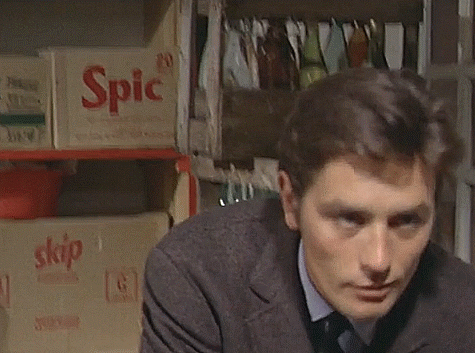

Alain Delon
Les Aventuriers
Dir: Robert Enrico
44 notes
·
View notes
Text

#Once Upon a Time in America#Sergio Leone#Harry Grey#Robert De Niro#James Woods#William Forsythe#Leonardo Benvenuti#Piero De Bernardi#Enrico Medioli#Franco Arcalli#Stuart Kaminsky#Ernesto Gastaldi#80s
10 notes
·
View notes
Text

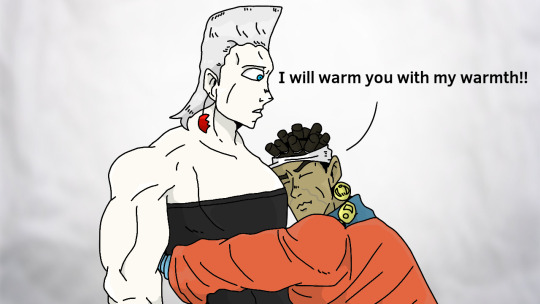
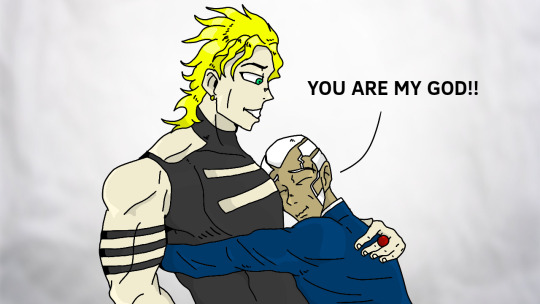
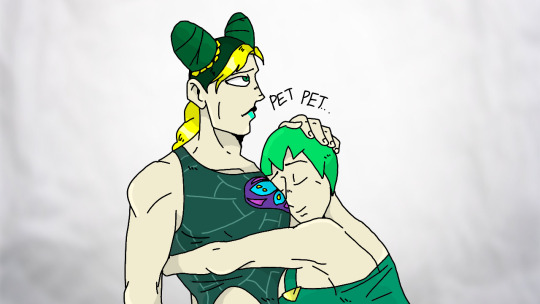
❤🤗
#robert e.o. speedwagon#jean pierre polnareff#muhammad avdol#dio brando#enrico pucci#jolyne kujo#foo fighters#jojo's bizarre adventure#jonathan joestar
28 notes
·
View notes
Photo

ohhhh also i did this!!! basically everything you need to know about me
#jjba#jojo's bizzare adventure#jjba artist challenge#jolyne cujoh#okuyasu nijimura#enrico pucci#josuke higashikata#yasuho hirose#yukako yamagishi#robert speedwagon#rohan kishibe#reimi sugimoto#josuyasu#i mean....... it's totally implied#also#tw scars#bc of oku and yasuho#chr-art
39 notes
·
View notes
Text
Даааааа

У меня сейчас нет настроения рисовать что-то нормальное, так что просто оцените мои очередные рисунки с уроков, как показатель того, что я делаю в школе на самом деле
I'm not in the mood to draw anything normal right now, so just check out my regular drawings from lessons as an indicator of what I'm actually doing at school


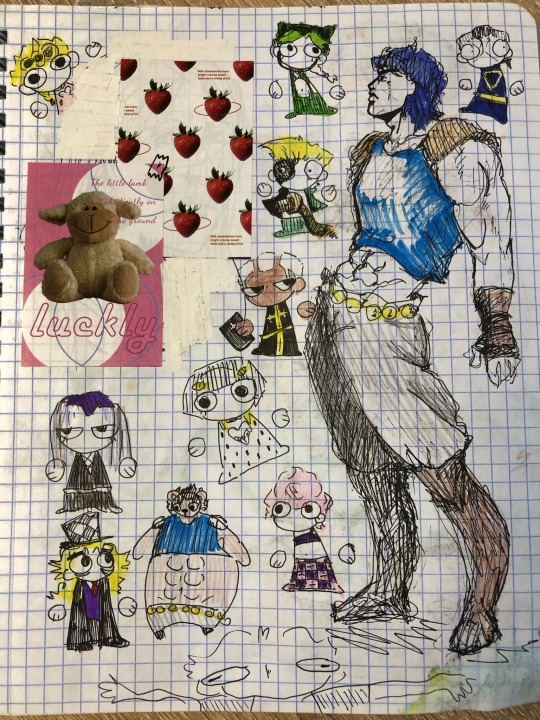


Ну и до кучи мой косплей на Польнарефа
Well, my cosplay of Polnareff

Аааааа, а я чё делать…
#jojo's bizarre adventure#jojo no kimyou na bouken#jjba#jojo fanart#speedwagon#phantom blood#jonathan joestar#robert eo speedwagon#dio brando#enrico pucci#joseph joestar#josuke higashikata#rudol von stroheim#jonny joestar#jobros#golden wind#battle tendency#stone ocean#killer queen#jojolion#steel ball run#jean pierre polnareff
18 notes
·
View notes
